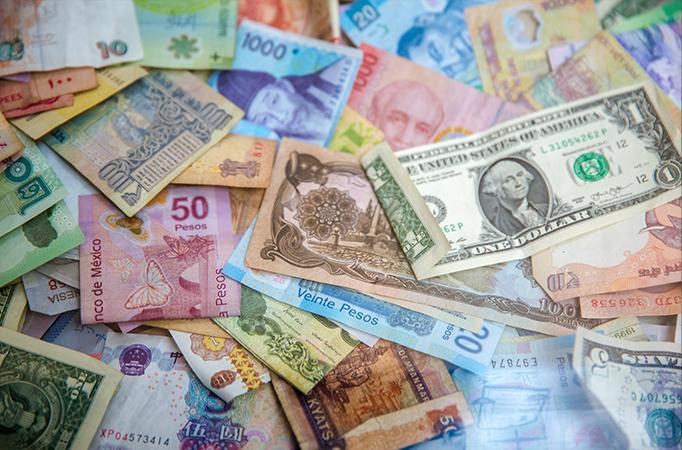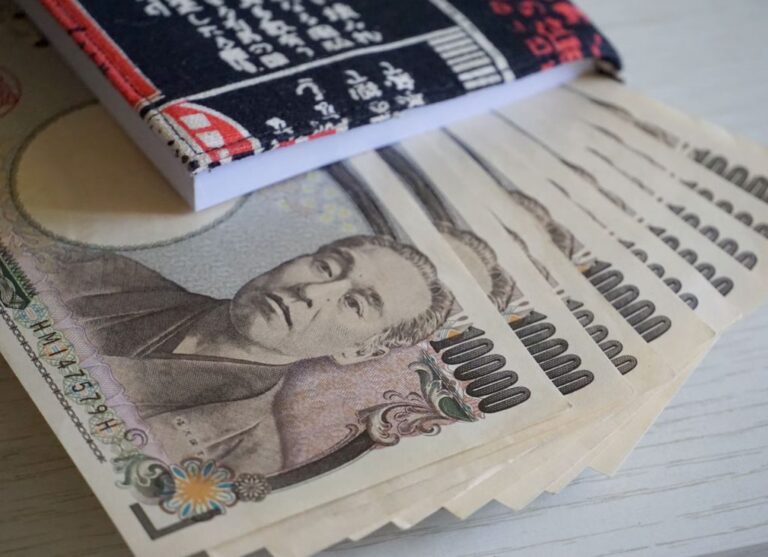
Morning Brief – If the Dollar’s not you
If the Dollar’s not you
If you’re seeing the financial world dominated by commentary on the US Dollar but it’s not a currency that affects you, fear not: this briefing is for you. The Dollar and related US assets are without question the most important variables in markets at the moment. The sell-off in treasuries into year-end will redefine both the outlook for financial markets and likely how the global economy bounces back from its post-Covid inflationary spike. Analysts and commentators are therefore quite right to afford it maximum attention. However, there are many likely consequences to non-USD assets that we can begin to expect following developments so far.
The decline in the value of US treasuries since their peak in 2020 rivals some of the most severe developed-market asset repricings in modern history. In size, it is not dissimilar to the correction seen in major equity benchmarks in the immediate aftermath of the financial crisis. Unfortunately, as these are bonds, the consequences are not as straight forward as we might expect with an equity price decline. When the price of a bond declines, the yield implied by owning it goes up. Once the falling knife stops, investors will be seeing likely one of the highest treasury yields this millennium. I expect shortsightedness and the status of treasury benchmarks as a proxy for the market’s illusive concept of a ‘risk-free rate’ will lead investors to quickly and unquestioningly demand treasuries once again.
The conclusion for the rest of the world is that the Dollar will crowd out any non-long USD carry trades. High yielding emerging market currency trades where investors attempt to benefit from interest rate differentials between currencies will be untenable. The forward/swap curves of Dollar-EM crosses with flatten sapping demand from the emerging market currencies. Outside of forward markets, this will have a significant impact upon spot pricing in EM currencies.
Emerging Market currency weakness is already playing out in the market, most notably within the Mexican Peso where a stellar post-pandemic performance is coming under review. So, if currencies on the long side of the carry trade are to expect a rough quarter, what about the funding currencies used for such former investments? In the present environment that largely exclusively concerns JPY and CHF, with a heavy skew towards the Yen. If carry trades are unwound, as I suggest they already are being, the BoJ could get some reprieve from the challenge of supporting the Yen as the market’s withdrawal of short Yen positions soaks up supply. This could mean that investors are slow to retest USDJPY 150.
Discussion and Analysis by Charles Porter

Related Insights

Morning Brief – Japanese Yen
Japanese Yen With JPY at a new 34 year low versus EUR, the market is set for an ambush by the Bank of Japan if it acts today at the end of their Policy Meeting to support the Yen. The reason that the market is susceptible is because it has convinced itself that the BoJ […]

Morning Brief – Coalition
Coalition This briefing is about South Africa and the Rand, which frequently proves to be one of the more divisive subjects within our roster of currencies. In particular, with the election looming, this will be about South African governance. Not from a political or human perspective about what may be the best long term outcome […]

Morning Brief – US Tariffs on Chinese Imports
US Tariffs on Chinese Imports Recently we wrote about how Mexico has become the Number One trade partner for the USA. It now transpires that Mexico may have had what is known as a little assist with their numbers: the statistics for the number of 20 foot shipping containers for the first three Quarters of […]



 Humphrey Percy
Humphrey Percy